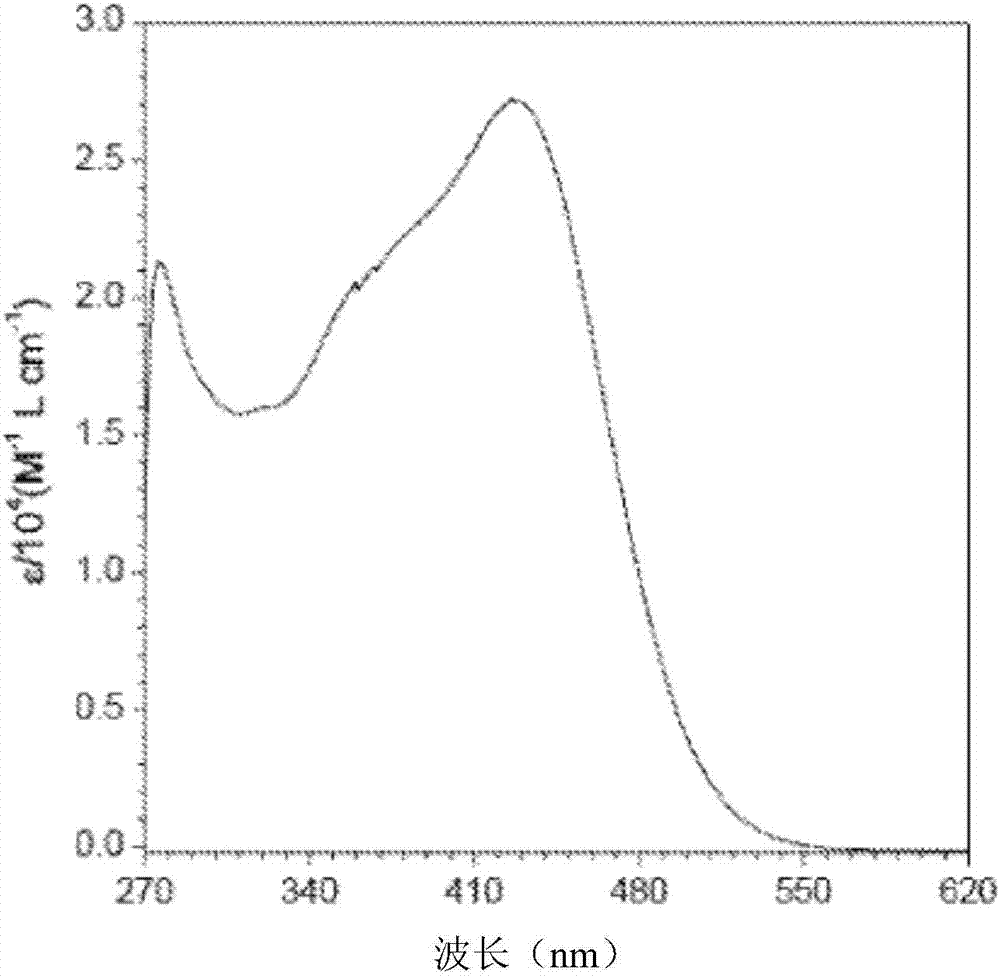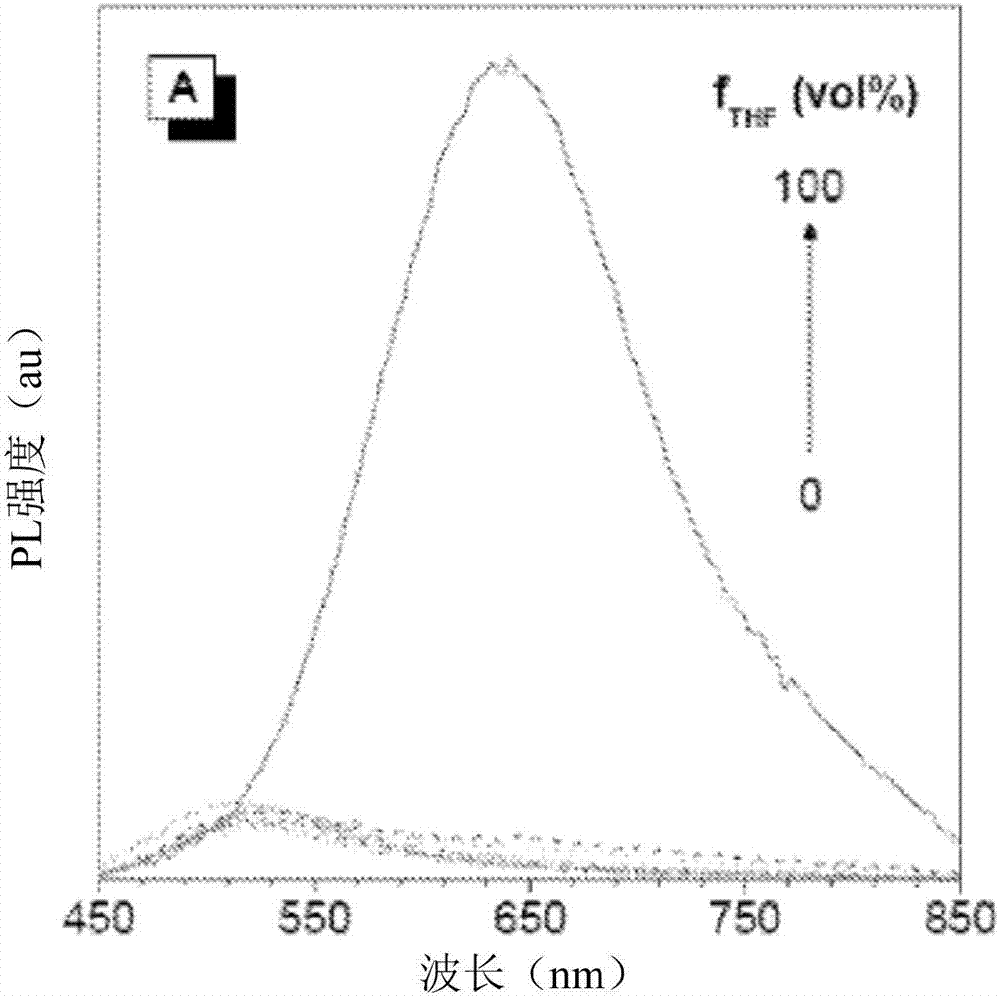Aie luminogens for bacteria imaging, killing, photodynamic therapy and antibiotics screening, and their methods of manufacturing
A technology of luminophores and antibiotics, which is applied in the field of preparation of AIE luminophores and magnets, can solve the problems of fluorescence quenching, chromophore aggregation, and the reduction of bacterial killing efficiency, and achieve the effect of rapid screening and simplified imaging process
- Summary
- Abstract
- Description
- Claims
- Application Information
AI Technical Summary
Problems solved by technology
Method used
Image
Examples
Embodiment
[0202] The following examples are intended to illustrate the subject-matter of the present application without restricting it.
[0203] Material:
[0204] LB agar, LB medium, anhydrous potassium hydrogen phosphate and sodium phosphate were all purchased from USB Co., Ltd., while the green singlet oxygen sensor (SOSG) was purchased from Invitrogen. Zinc powder, titanium tetrachloride, 4-hydroxybenzophenone, 4-bromobenzophenone, 1-bromoundecane, piperidine, propidium iodide, potassium carbonate, 4-formylphenylboronic acid and Tetrakis(triphenylphosphine)palladium was purchased from Sigma-Aldrich and used as received. THF was directly purified by distillation in sodium benzophenone ketyl before use. 1-(3-Trimethylammoniumpropyl)-4 was synthesized according to the method of Yan et al. -methylpyridinium dibromide. Other reagents used such as dimethylsulfoxide, potassium chloride and sodium chloride were purchased from Sigma-Aldrich.
[0205] Characterization:
[0206]Use CDCl...
PUM
 Login to View More
Login to View More Abstract
Description
Claims
Application Information
 Login to View More
Login to View More - R&D
- Intellectual Property
- Life Sciences
- Materials
- Tech Scout
- Unparalleled Data Quality
- Higher Quality Content
- 60% Fewer Hallucinations
Browse by: Latest US Patents, China's latest patents, Technical Efficacy Thesaurus, Application Domain, Technology Topic, Popular Technical Reports.
© 2025 PatSnap. All rights reserved.Legal|Privacy policy|Modern Slavery Act Transparency Statement|Sitemap|About US| Contact US: help@patsnap.com



